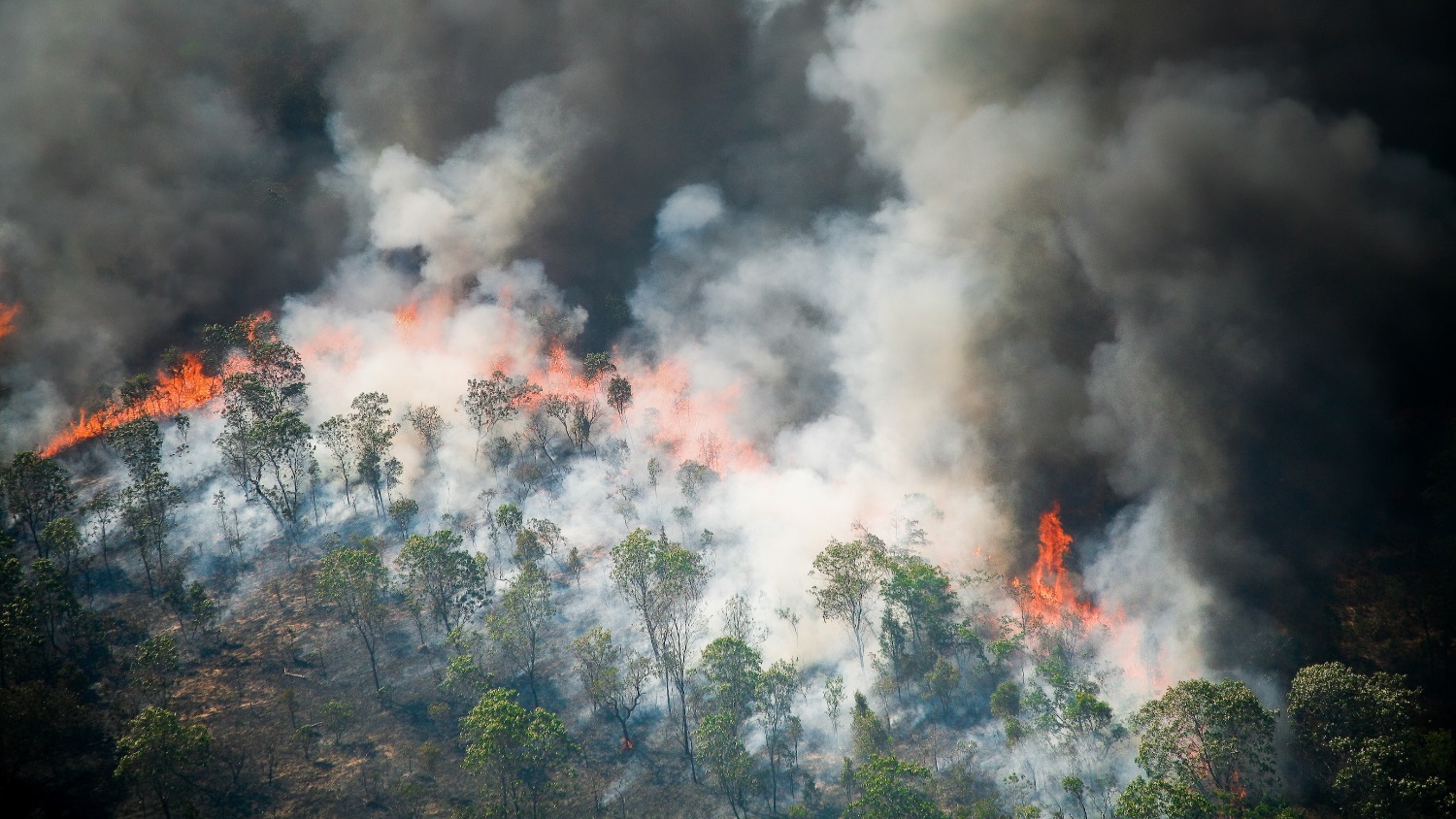Growing Christmas Trees for the Future
With nearly $7.5 million in funding, NC State is leading a project to accelerate the genetic improvement of Christmas trees across the United States.
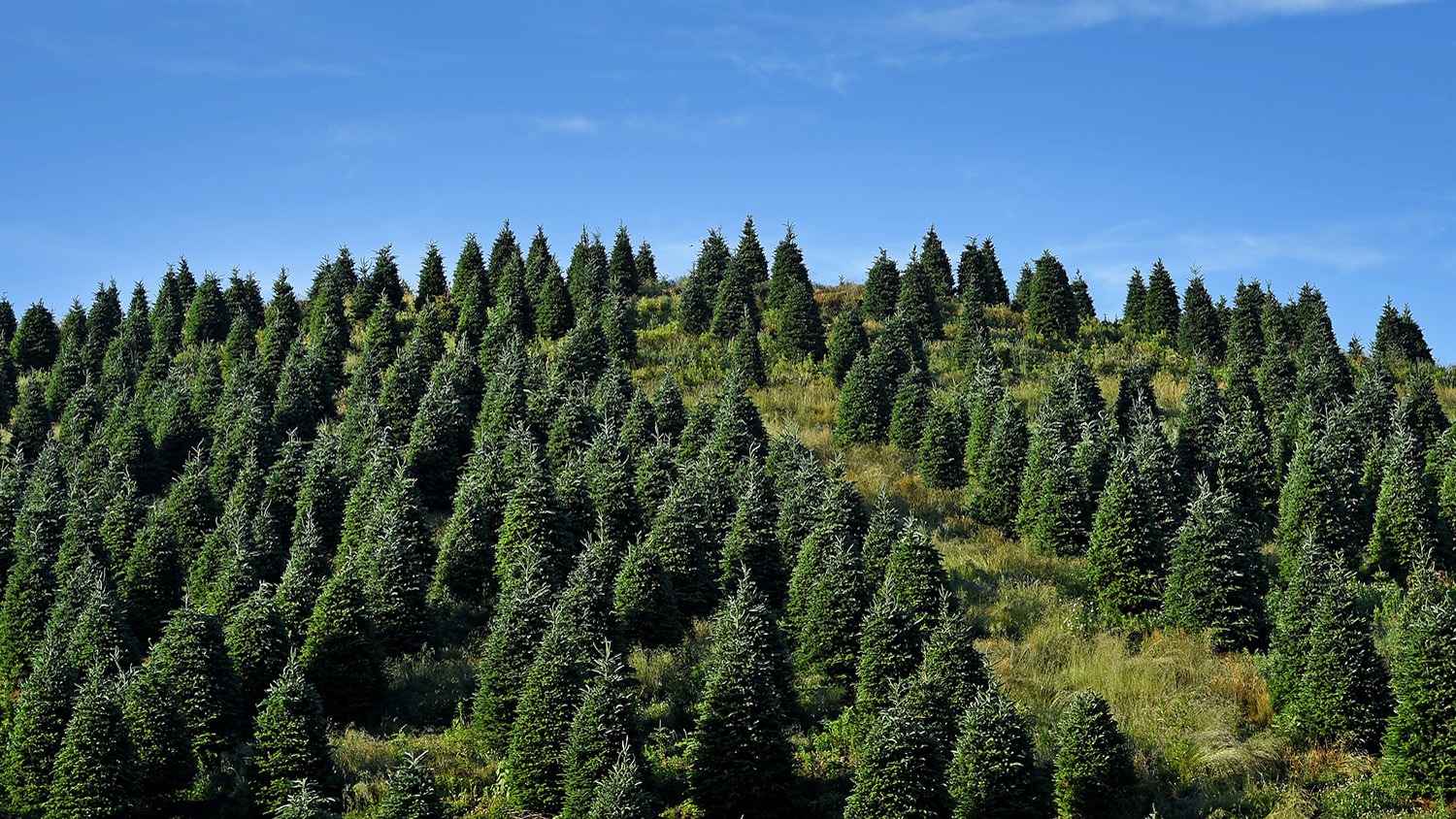
Many Christmas traditions and celebrations take place around Fraser fir trees grown in the southern Appalachian Mountains of North Carolina. Unfortunately, climate change is leading to increased insect and disease outbreaks that cause significant losses to the Christmas tree industry.
The NC State Christmas Tree Genetics Program has spent decades working to develop “elite” Fraser fir trees capable of withstanding these climate-related impacts. Now the program is one step closer to achieving its goal thanks to a nearly $7.5 million, four-year grant awarded by the USDA’s National Institute of Food and Agriculture.
“This project represents the best chance for not only Fraser fir but the major Christmas tree species grown around the United States to be rapidly adapted for future climates,” said Justin Whitehill, director of the program.
Whitehill has assembled a team of experts from around the world to oversee five objectives aimed at advancing the program’s mission. Collaborators include the University of Florida, University of Connecticut, UC Davis, Washington State University, among other institutions.
As part of the first objective, Whitehill and his collaborators will work to develop genome sequences for key Christmas tree species to identify the genetic relationships among fir trees growing on plantations across the U.S. A genome is an organism’s complete set of DNA, including all of its genes.
Most Christmas trees produced in the U.S. are grown from seeds with unknown genetic backgrounds and parentage. Fraser firs reproduce through pollination. In the spring, male cones release pollen into the air. The pollen is then carried by the wind to female cones to produce seeds.
Researchers can identify the female cones that produce seeds. As these cones mature over the summer, they dry out and explode. This causes the seeds to fall to the ground and to eventually sprout into the next generation of trees. But it’s nearly impossible to establish which male cone supplied the pollen for each seed.
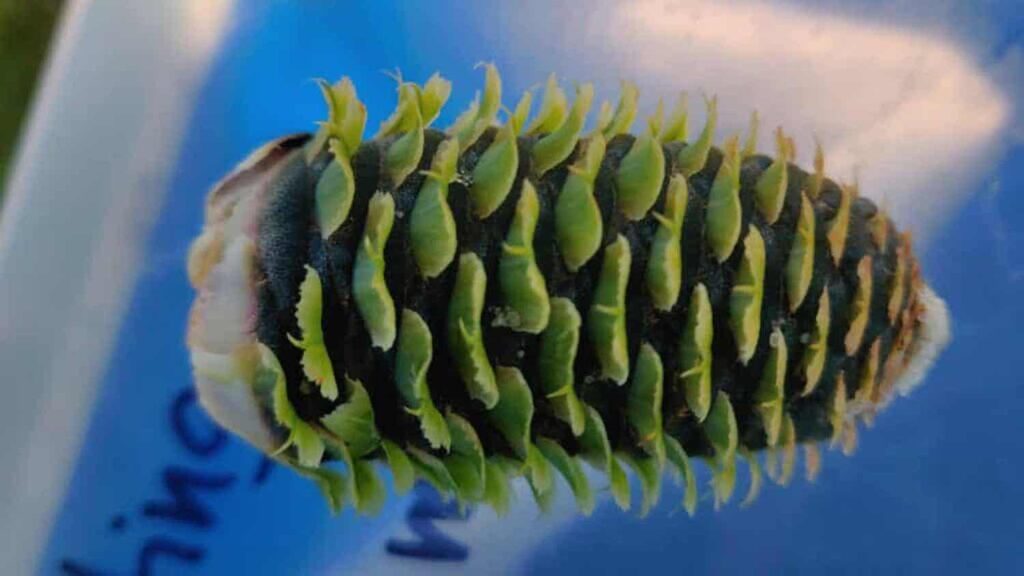
Tree breeding can be carried out artificially using controlled techniques in seed orchards, but this process is slow and complicated further by the unique biology of firs. It currently requires 25-30 years to complete the breeding cycle for a single generation of genetically-improved Fraser firs.
Additionally, the Christmas tree industry is much younger than other economically important crops. This factor, combined with the long breeding cycles, means researchers need access to modern technologies that can help keep pace with this rapidly changing industry.
Given these challenges, the researchers plan to use the information coded into the Christmas tree genome to reconstruct the parental relationships between individual Fraser fir trees. This approach will allow them to create a paternity test for the species. The researchers have already sequenced the genome of the Fraser fir.
By reconstructing the genetic relationships for Fraser fir trees, Whitehill and his collaborators will be able to identify trees with the best genetics and predict which trees will do best in the next generation. Once the researchers fully understand the parental lineage of the trees, they can determine which trees are siblings.
Whitehill and his collaborators can then measure the trees in the field to identify which combination of genetics not only produces the fastest growing and most valuable trees, but also which trees will be able to withstand climate change, disease and other threats.
“Essentially what we’re doing is creating a ‘23andMe’ for these trees to figure out their familial relationships and understand what their genetics can tell us about a wide range of important characteristics,” Whitehill said.
He added, “This will allow us to provide Christmas tree growers with guidance on which trees should be planted to combat potential negative impacts — including climate change and disease — while also increasing their bottom line.”
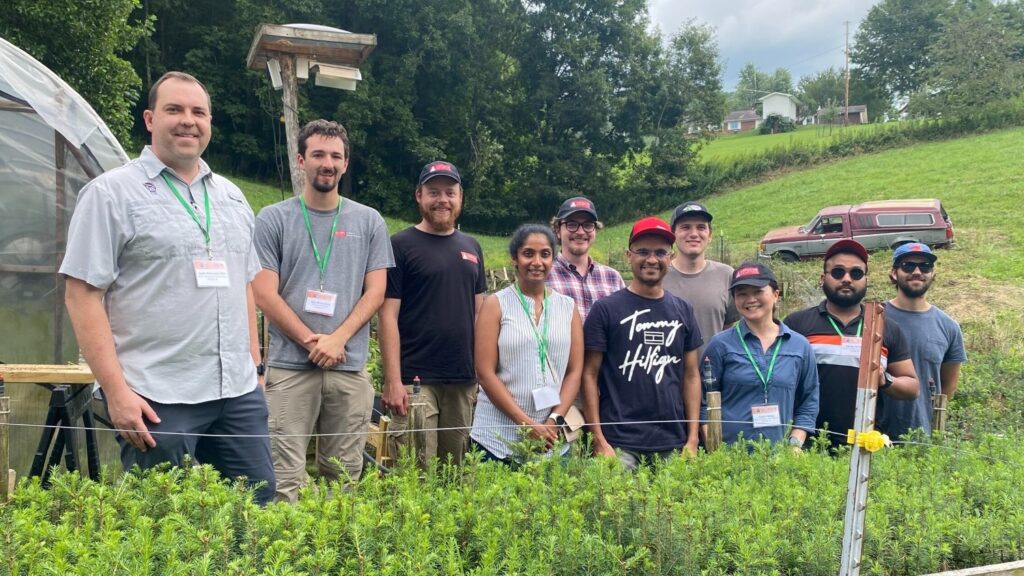
To accelerate this process even further, Whitehill and his collaborators plan to use this genetic information to quickly identify elite Christmas tree lines and then rapidly propagate them through a technique called somatic embryogenesis.
Somatic embryogenesis is a tissue culture cloning technique that generates genetically identical individuals within a year. Whitehill and his collaborators plan to combine traditional breeding with somatic embryogenesis to speed up the breeding process, reducing it to a 10-year cycle.
Simultaneously, as part of the project’s second objective, the researchers plan to study how various fir species respond to climate change, pests and diseases.
One of the species being studied includes momi fir, a conifer native to central and southern Japan. The species is highly resistant to Phytophthora root rot — a disease that has caused significant damage to Fraser firs and other Christmas trees across the U.S.
“By identifying the genes and traits that enable these trees to withstand disease, we can potentially enhance Fraser firs with the same capabilities,” Whitehill said.
Researchers could potentially insert disease-resistant genes from the momi fir into the Fraser fir through the use of genetic modification or molecular editing tools, for example.
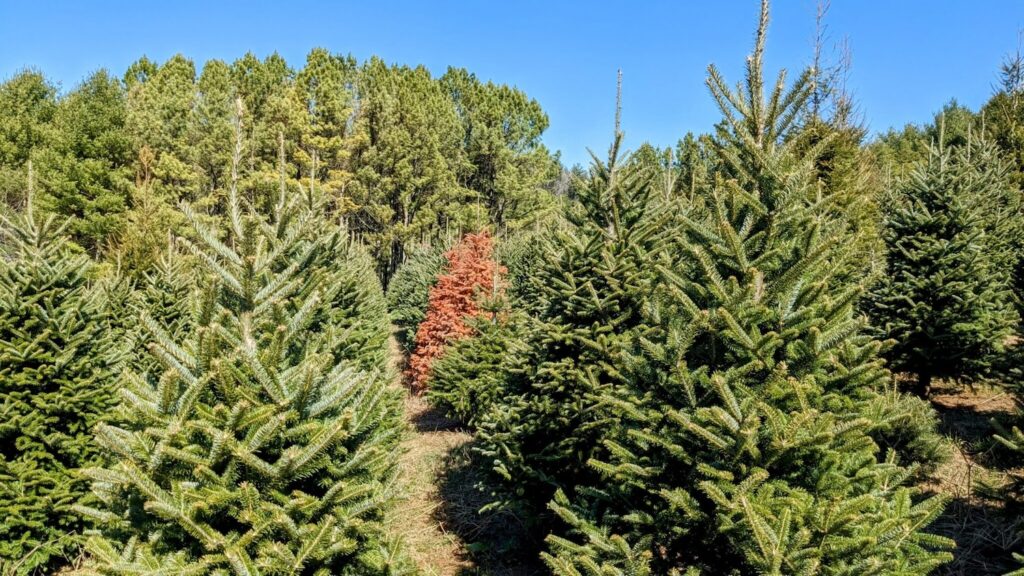
Whitehill and his collaborators also plan to continue their ongoing investigation into the aroma profiles of Fraser fir trees as part of the project’s third objective.
Conifers produce a sap-like substance called oleoresin. Oleoresin contains chemical compounds called terpenes, which when evaporated, emit a variety of aromas. The researchers plan to survey consumers to gauge which aromas they prefer in order to breed trees with heightened levels of certain terpenes.
Additionally, the researchers will evaluate the use of certain terpenes as pest repellants — and alternative income sources for growers. More specifically, they plan to examine whether or not they can extract certain terpenes for use in aromatic products.
The researchers will also assess public perceptions of their work. “We want to make sure the public knows what we’re doing and why we’re doing it,” Whitehill said.
As part of objective four, Whitehill and collaborators will evaluate the economic and environmental sustainability of the Christmas tree industry. That includes a study of the economic impact of genetic improvement, which according to Whitehill, allows Fraser firs to grow faster by an extra 2-4 inches per year.
Because genetically-improved trees grow faster, they can be harvested much sooner than the current industry standard. Preliminary calculations estimate that growers can earn an additional $86,000 per acre on average over seven years if they plant the best Fraser fir genetics available.

The researchers will also assess the economic potential for the Christmas tree industry to become carbon neutral and conduct an economic feasibility study of waste products from Christmas tree production.
“Improving the productivity of plantations and developing novel uses for waste products will improve sustainability efforts by reducing the overall carbon footprint of the industry,” Whitehill said.
Throughout the duration of the project, Whitehill and collaborators will also provide technical assistance, educational materials and more to industry stakeholders. Some of the planned materials include grower surveys, podcast episodes, articles, pocket guides, webinars, workshops and more.
“One of the priorities of the project will be to work collaboratively with stakeholders to provide deliverables that have immediate short-term positive impacts and long-term benefits for the continued success of the Christmas tree industry,” Whitehill said.
Ultimately, the project will increase national and international competitiveness, improve consumer outlook regarding industry sustainability and reduce the impact of economic losses annually due to climate, pest and pathogen challenges.
The project is expected to be completed by 2028. Whitehill is currently looking to hire undergraduate and graduate students, postdoctoral scholars, and technical support to assist with the project. If interested, he can be contacted at jwhiteh2@ncsu.edu.
